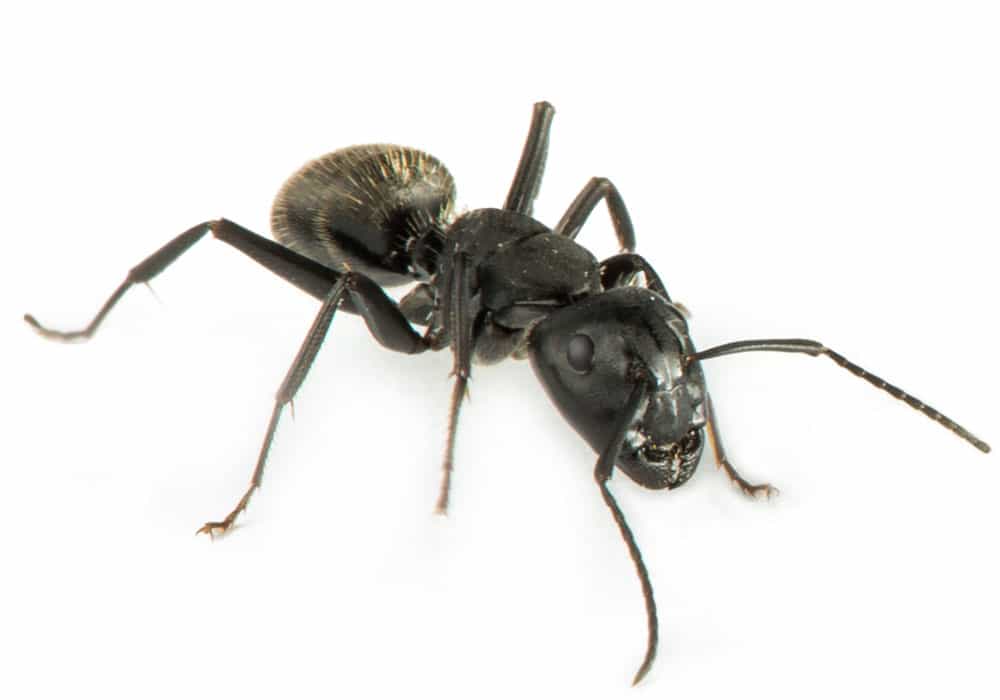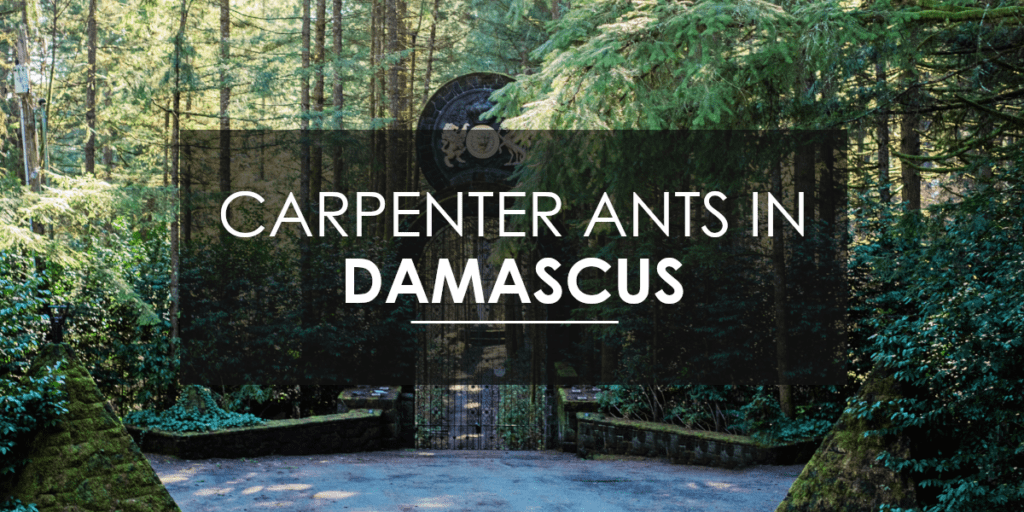How Exterminators Tackle Ant Problems
1. Ants Enter Through Your Foundation
Exterminators often find that ants are entering homes through cracks in the foundation. Once they get inside, they typically travel through walls, emerging from gaps behind baseboards or electrical faceplates. Sometimes ants even enter via tree branches that touch the exterior of the home.
2. The Extermination Process: Treating the Problem at the Source
A good extermination plan involves not just spraying where you see ants, but targeting their entry points. Treatment often starts with spraying around the foundation, under the siding, and along door and window frames. Baiting inside the home and addressing wall voids are key steps to ensure all the ants are eliminated.
3. Follow-Up Treatments for Long-Term Success
One treatment may not solve the problem, especially if you’re dealing with a large colony. It’s typical for an exterminator to recommend follow-up treatments within 30 to 60 days. This ensures that any newly hatched eggs are also treated, preventing the colony from rebounding.

Sugar Ant Description
Size
The sugar ant is very small, measuring about 2.4-3.3mm long. They are typically about as small as a pencil eraser. Although they are small, they quickly become noticeable as they swarm around food or stream through your home in a line.
Color
Sugar ants are typically black in color.
Smell
This might sound strange, but when crushed, sugar ants release an unpleasant, coconut-smelling odor. Sugar ants have a gland that releases this smell, and it’s why they are called the odorous house ant.





